Not yet fully exploited
According to a survey by the World Food Tourism Organization (WFTA), up to 81% of international tourists want to learn about local cuisine. They are willing to spend an average of 25-35% of their budget on food and beverage expenses during their travel. This shows that cuisine is no longer just a factor serving the simple eating and drinking needs of tourists, but has gradually become one of the main purposes of travel, strongly influencing the decision to choose a destination and stimulating tourists' spending ability.

Pho - Vietnamese dish most loved by tourists
General Secretary of the Vietnam Chefs Association, Vietnam Tourism Association Nguyen Xuan Quynh said: Cuisine is a strength that contributes to the development of tourism in many countries around the world, including Vietnam. Therefore, in the Strategy for Vietnam Tourism Development to 2030, culinary tourism is also identified as an important product line, contributing to enhancing the competitive advantage and brand of Vietnam tourism. And Vietnamese cuisine has proven its attractiveness and spread its value globally with many dishes recognized and awarded many prestigious international awards and titles.
Most recently, in June, the Michelin Group announced the first selection of Michelin Guide restaurants in Hanoi and Ho Chi Minh City, including 4 restaurants that received a Michelin Star (3 restaurants in Hanoi and 1 restaurant in Ho Chi Minh City) thanks to the high quality of their dishes; 29 dining establishments were recognized by the appraisers as having dishes worth experiencing with the Bib Gourmand award - a category honoring restaurants serving delicious dishes at affordable prices; 70 restaurants were awarded the Michelin Selected award. Or many famous Vietnamese dishes such as pho, banh mi, bun cha, banh cuon... have been honored on many prestigious international media channels.
"This further affirms that Vietnamese cuisine is a resource that helps increase the attractiveness of tourist destinations, contributing to improving the country's competitiveness on the world tourism map," Mr. Nguyen Xuan Quynh affirmed.
Grasping the advantages of cuisine in promoting culture, stimulating tourism, and attracting tourists, in recent years, many localities have focused on developing cuisine, planning and building "culinary maps" to attract tourists. For example, Hai Phong city has been successful with food tour tourism products, thanks to the construction of a digital map of cuisine so that tourists can easily experience it in a short time. Thua Thien Hue province also offers many experiences for tourists to enjoy royal cuisine.

Hai Phong city has been successful with the food tour tourism product (illustrative photo)
However, according to Mr. Nguyen Xuan Quynh, although Vietnamese cuisine has a lot of potential, it has not been effectively exploited. Current culinary tourism products only partially meet the needs of tourists and are mainly in big cities. In localities, most tourism products are still small and unsystematic... so tourists also have many difficulties in finding them. Promotional activities are spontaneous, lack planning, and lack long-term strategies.
Sharing the same view, Deputy Director of the Asian Tourism Development Institute Tuong Huu Loc said that culinary culture is one of the great attractions for Vietnamese tourism. However, localities are still confused in promoting local cuisine. Famous restaurants are available in every province, but to become a popular and famous dish in the world, we still have not had any action to promote it. This is one of the very difficult problems when wanting to develop cuisine, choosing cuisine to attract tourists.
Need to build unique culinary stories
Therefore, to turn cuisine into a strength to attract tourists and promote tourism development, Mr. Nguyen Xuan Quynh said that it is necessary to consider cuisine as culture to integrate into tourism development.
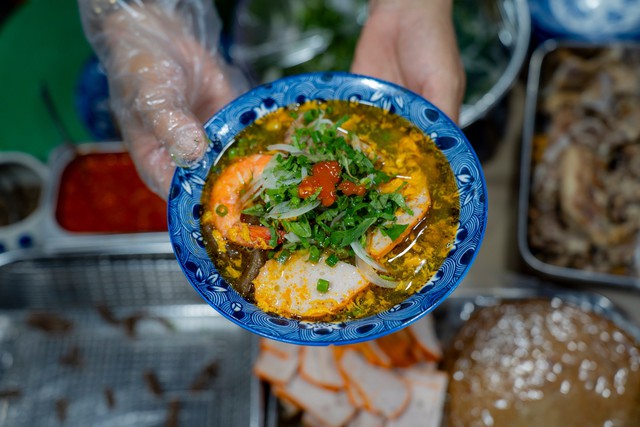
Traditional cuisine always attracts tourists at tourist destinations (illustrative photo)
Mr. Nguyen Xuan Quynh shared: "If we separate cuisine and culture or do not pay attention to the development of cuisine, it is a shortcoming. When we know how to combine cuisine and culture, then culinary tourism products will have value and create highlights. We need a national-level program if we want to promote Vietnamese cuisine. In particular, we must determine which products are the core products to advertise for a period. For example, when we determine that cuisine is culture and cuisine is one of the distinct spearheads of Vietnam, the investment and image must be extensive, not only in Vietnam but also in the world. There must be special programs on cuisine to introduce to international friends, or programs to exchange culinary culture with other countries.
In addition, special attention should be paid to culinary training. Appropriate policies should be developed to develop the culinary profession in accordance with the needs and demands of society. Attention should be paid to the quality of training as well as professional policies to honor the culinary profession in a new era of culinary development."
According to General Director of WonderTour Travel Company Le Cong Nang, localities need to have a specific, clear and long-term strategy for developing culinary tourism. This plan needs to include planning culinary areas, training human resources and investing in infrastructure. Because, investing in infrastructure and related services will create favorable conditions for tourists to experience the services. Culinary areas also need to ensure food hygiene and safety, comfortable and attractive space.
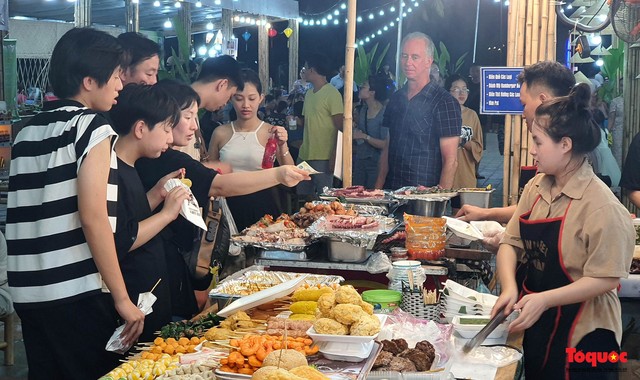
Tourists enjoy experiencing Vietnamese cuisine (illustrative photo)
Along with that, promote and market culinary tourism through media channels, events, culinary fairs, and use modern technologies such as social networks, tourism applications to introduce specialties and culinary culture to international and domestic tourists. In particular, each locality needs to identify and develop specialty dishes and unique culinary stories to attract tourists. The difference and uniqueness of each locality will be the key to attracting tourists' attention.
"By synchronously implementing the above measures, Vietnam can fully exploit the potential of culinary tourism, turning cuisine into an attractive competitive advantage and attracting international tourists," Mr. Le Cong Nang emphasized./.
Source: https://toquoc.vn/am-thuc-lam-tang-suc-hap-dan-cua-du-lich-viet-nam-20240730153821954.htm


![[Photo] Looking back at the impressive moments of the Vietnamese rescue team in Myanmar](https://vstatic.vietnam.vn/vietnam/resource/IMAGE/2025/4/11/5623ca902a934e19b604c718265249d0)


![[Photo] "Beauties" participate in the parade rehearsal at Bien Hoa airport](https://vstatic.vietnam.vn/vietnam/resource/IMAGE/2025/4/11/155502af3384431e918de0e2e585d13a)


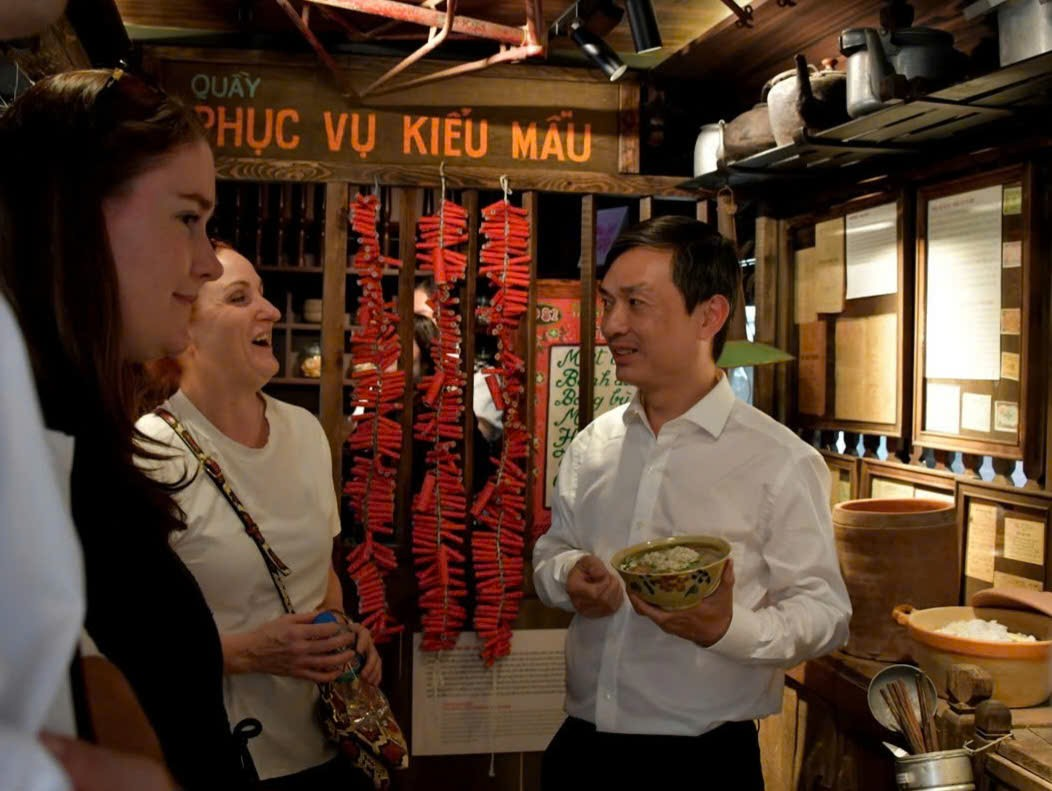

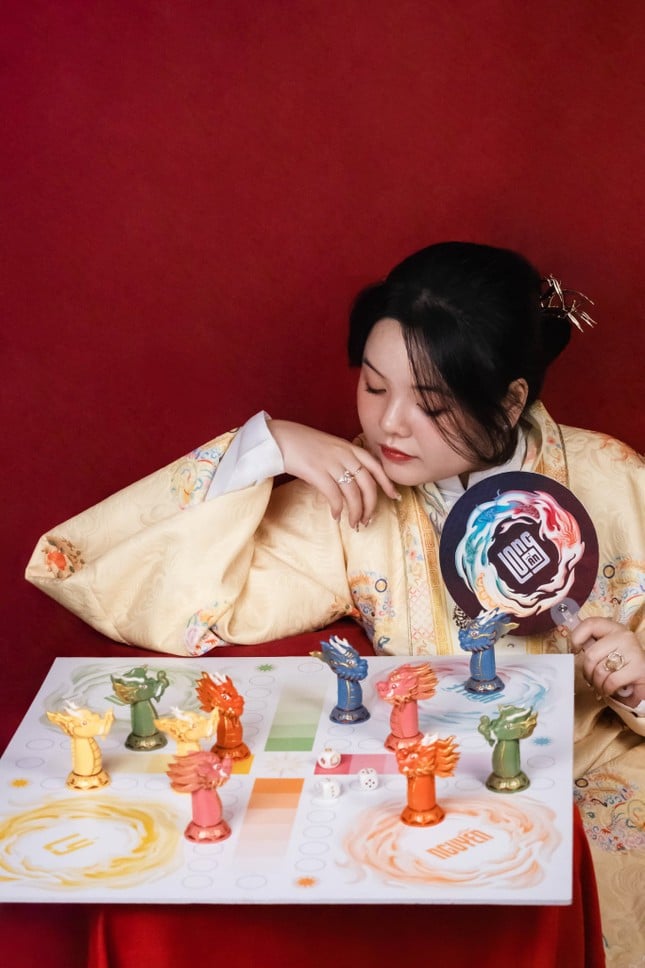

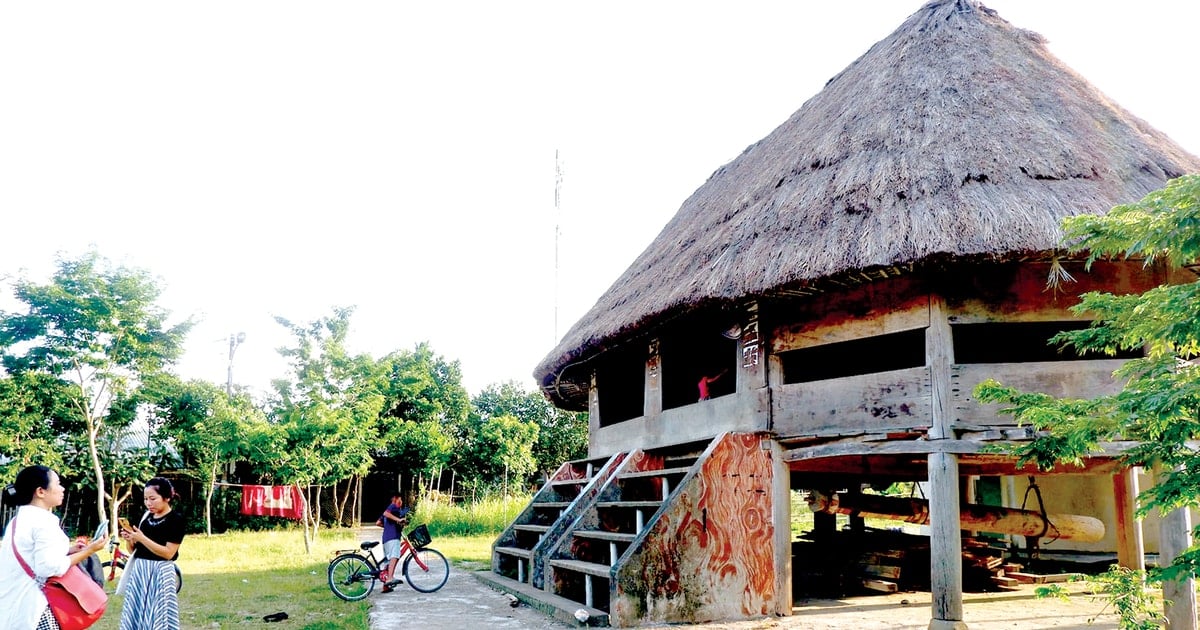

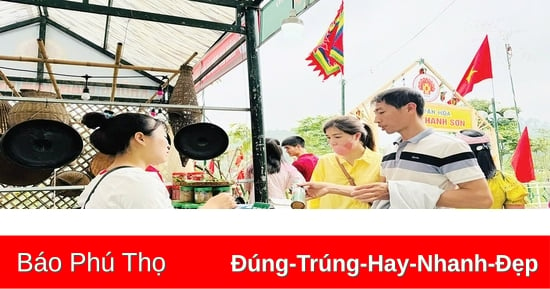

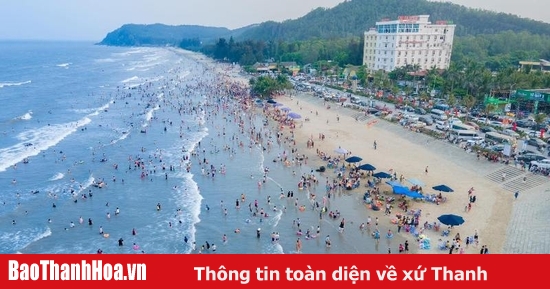

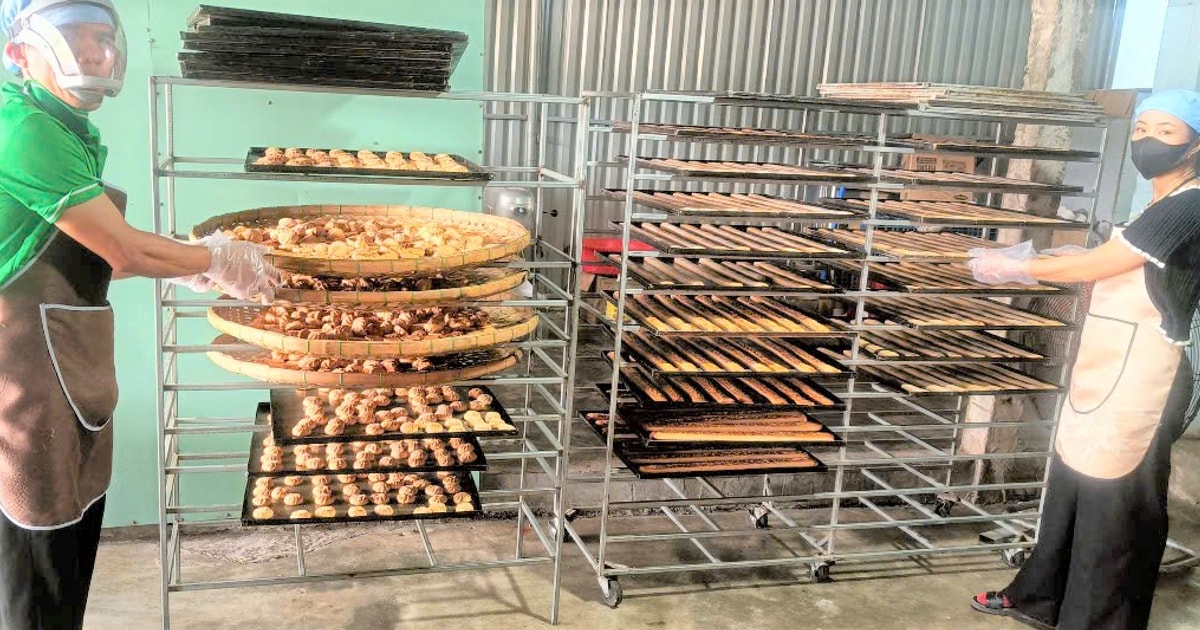
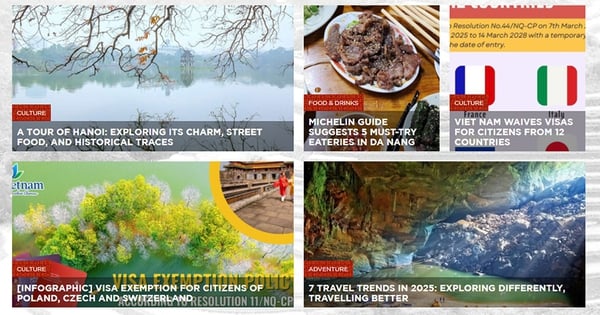

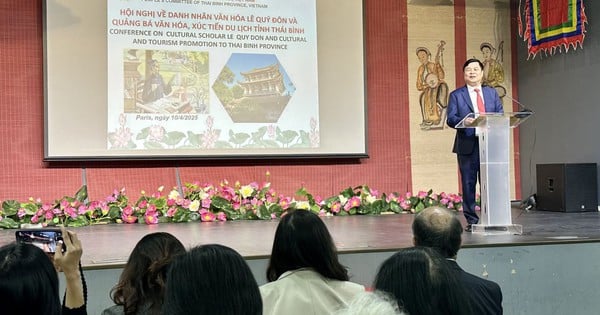
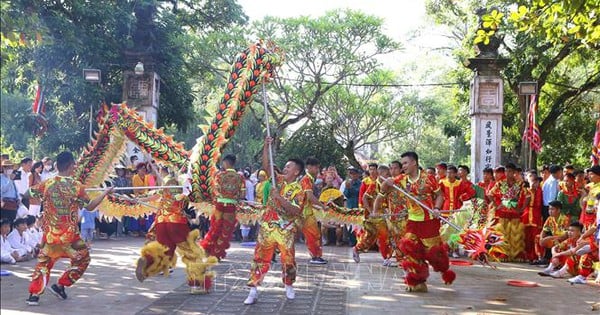
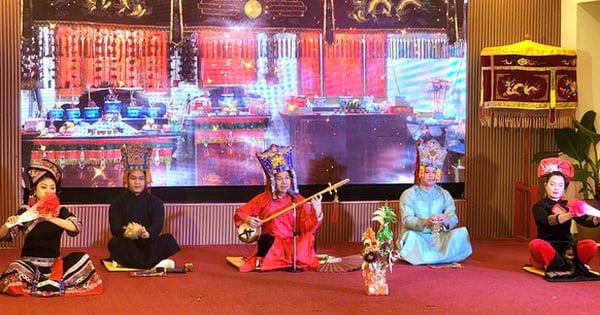
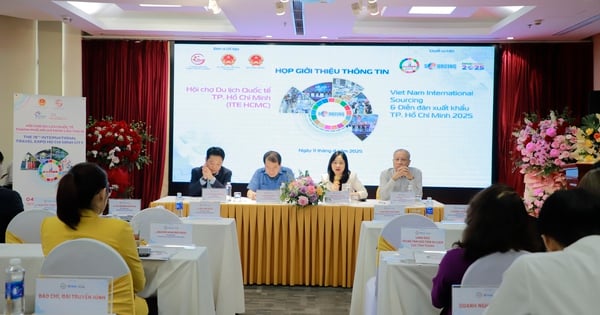



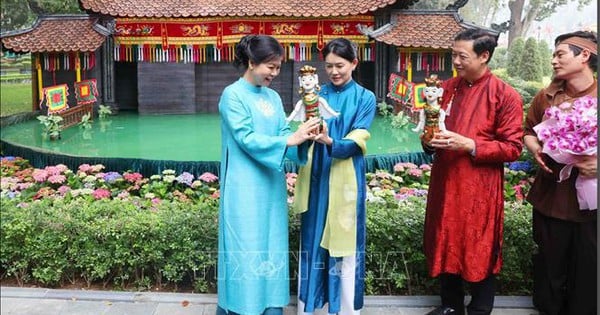
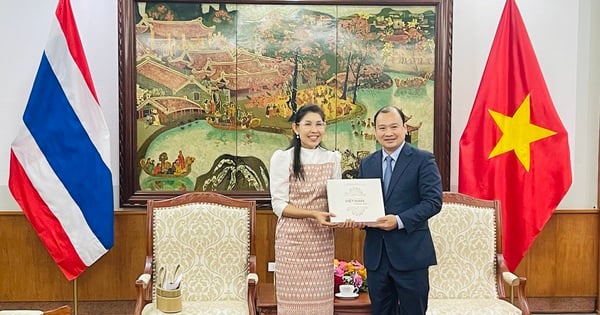
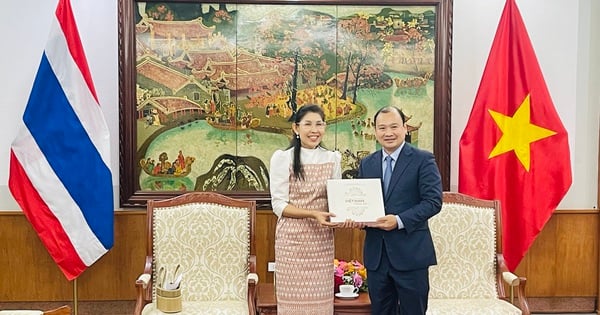
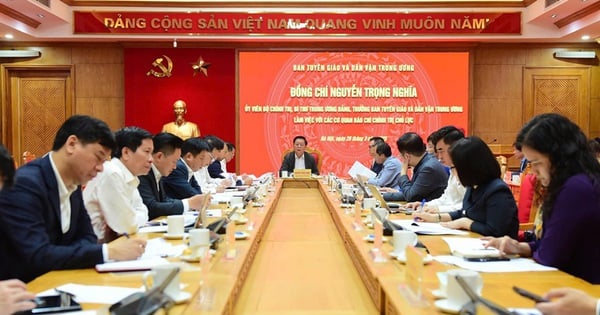
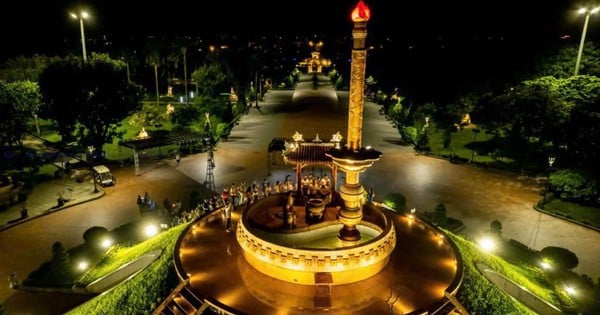

![[Photo] Summary of parade practice in preparation for the April 30th celebration](https://vstatic.vietnam.vn/vietnam/resource/IMAGE/2025/4/11/78cfee0f2cc045b387ff1a4362b5950f)







































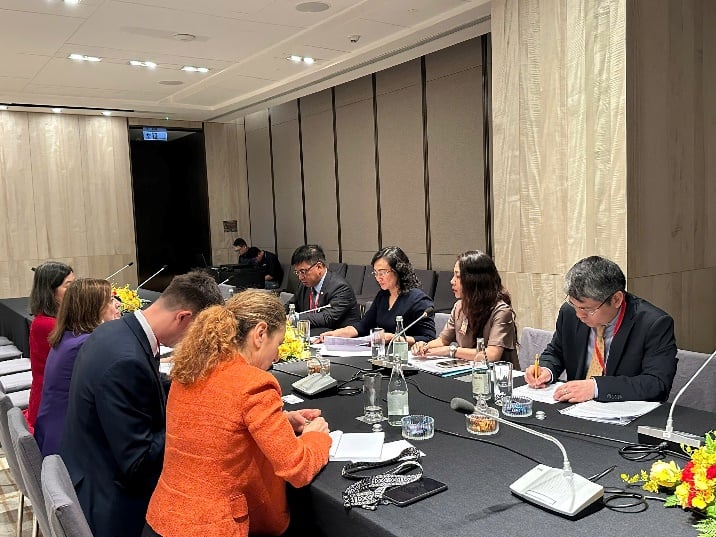
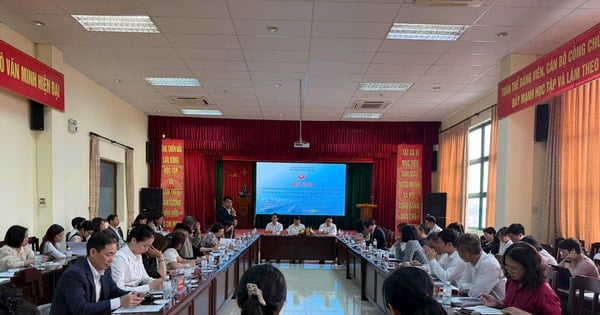





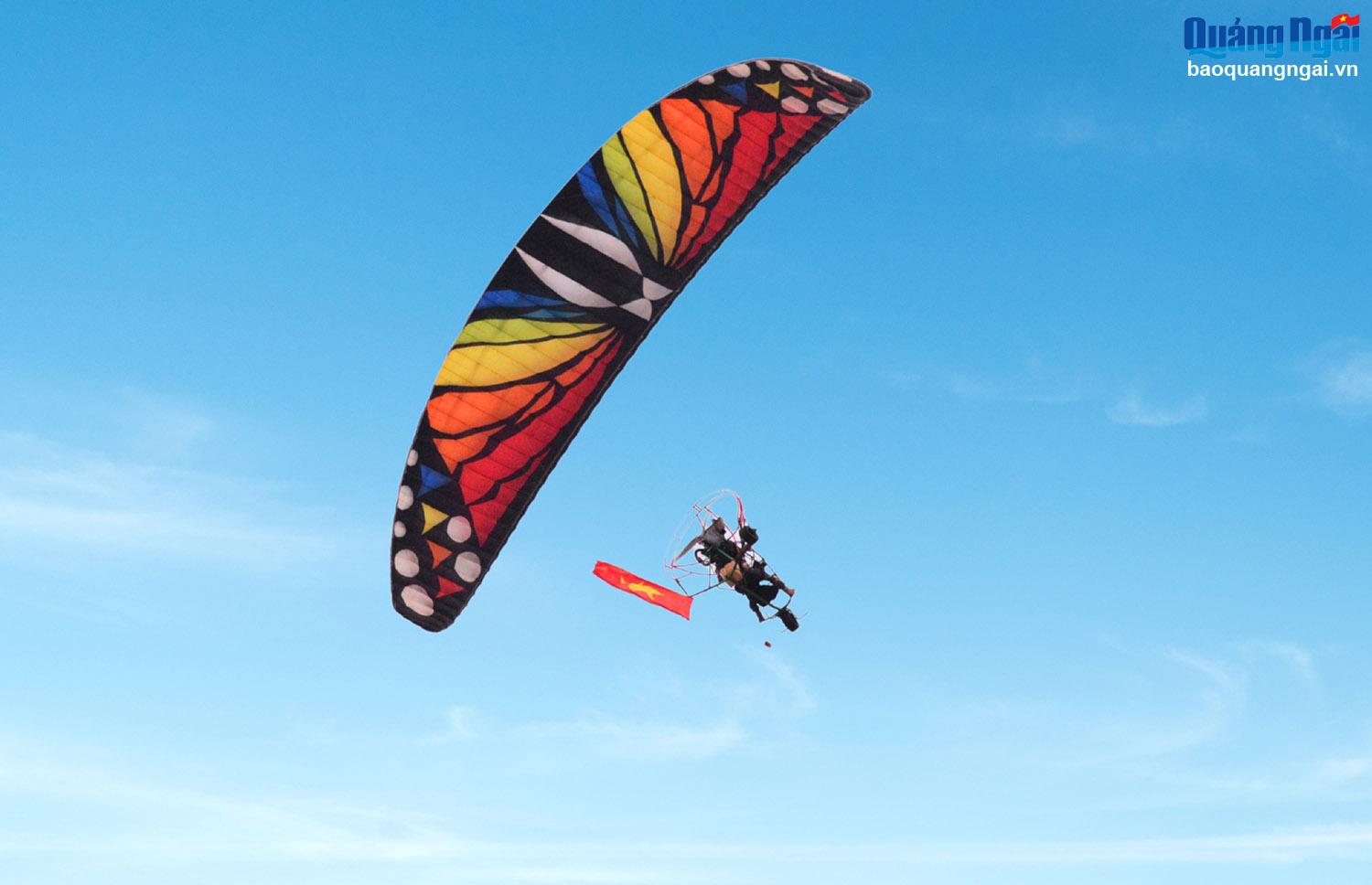

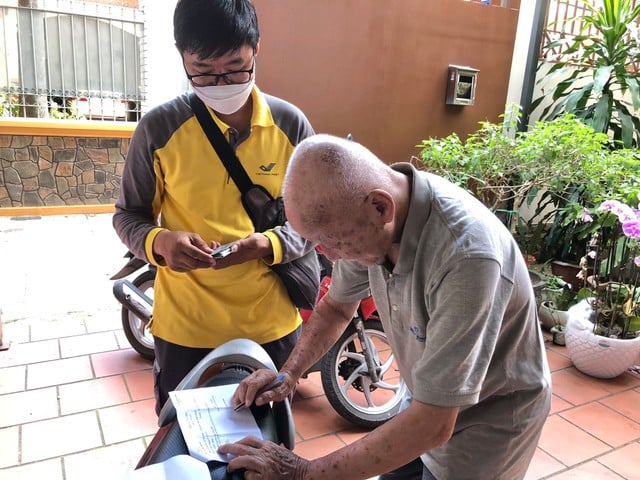








Comment (0)